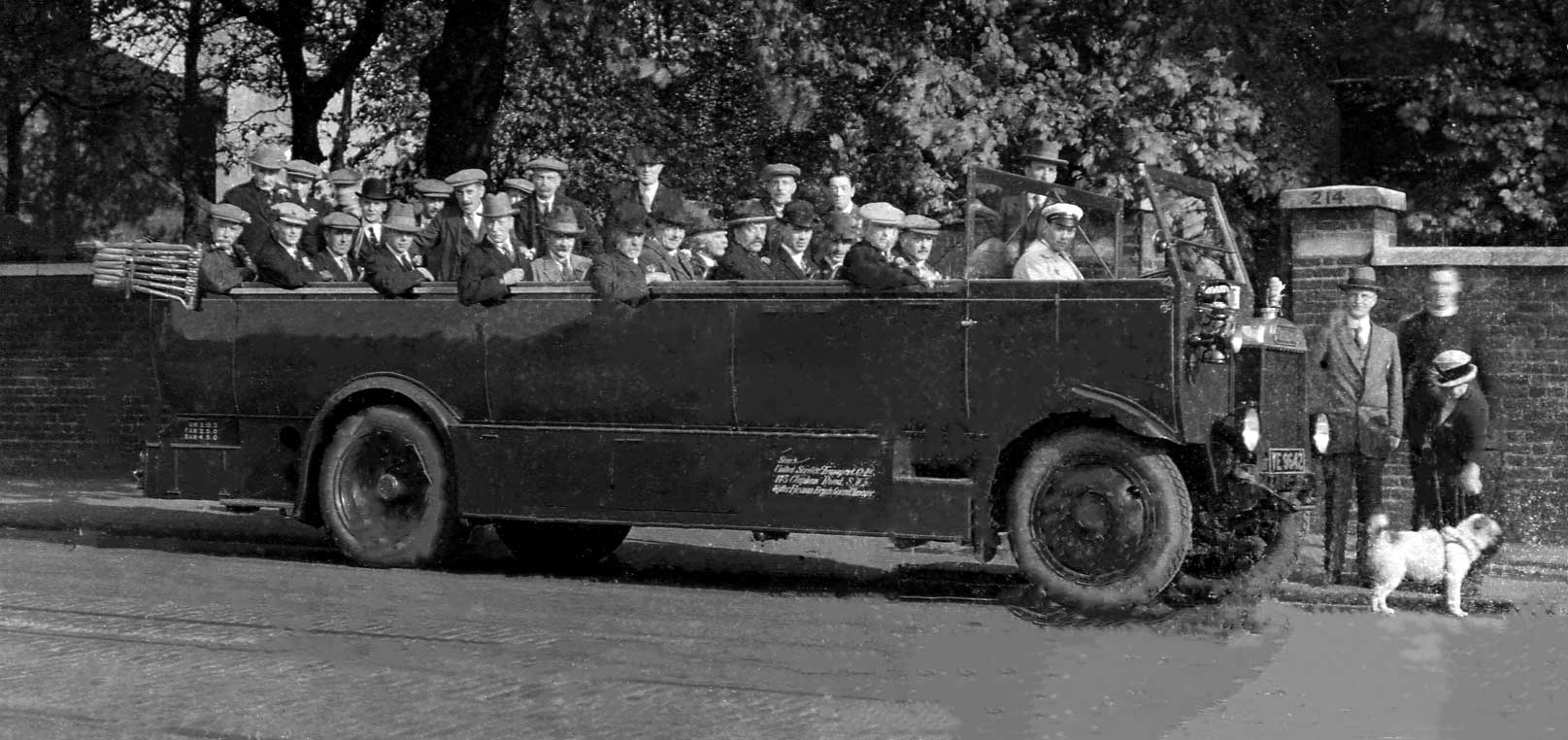The Walcot Estate
See also
Restrictive Covenants | Walcot Mews Development | Bishop's Terrace Development
Tenant Resources | Historic information on particular properties
Restrictive Covenants | Walcot Mews Development | Bishop's Terrace Development
Tenant Resources | Historic information on particular properties
|
The Hayle's and Walcot charities built hundreds of local properties in the 18th and 19th centuries, including Walcot Square and some surrounding streets in the 1830s.
In the 1980s and 1990s some houses in and around Walcot Square were sold and the proceeds re-invested in other assets. Today the Foundation owns c80 local houses, flats and commercial properties. It also owns and maintains the greens in Walcot Square and St Mary's Gardens. Our present policy is to retain our local property holdings, which generate roughly half our annual income and directly fund our charitable work.
|
There is often interest in our local history
Restrictive covenants If you are the owner of a property which once belonged to the Foundation it is highly likely that a restrictive covenant attaches to it. This places certain obligations on you. Further information "I have some connexion," pursued Mr. Guppy, "and it lays in the direction of Walcot Square, Lambeth. I have therefore taken a 'ouse in that locality, which, in the opinion of my friends, is a hollow bargain (taxes ridiculous, and use of fixtures included in the rent), and intend setting up professionally for myself there forthwith." Here Mr. Guppy's mother fell into an extraordinary passion of rolling her head and smiling waggishly at anybody who would look at her. "It's a six-roomer, exclusive of kitchens," said Mr. Guppy, "and in the opinion of my friends, a commodious tenement. When I mention my friends, I refer principally to my friend Jobling, who I believe has known me," Mr. Guppy looked at him with a sentimental air, "from boyhood's hour." Mr. Jobling confirmed this with a sliding movement of his legs. "My friend Jobling will render me his assistance in the capacity of clerk and will live in the 'ouse," said Mr. Guppy. "My mother will likewise live in the 'ouse when her present quarter in the Old Street Road shall have ceased and expired; and consequently there will be no want of society. My friend Jobling is naturally aristocratic by taste, and besides being acquainted with the movements of the upper circles, fully backs me in the intentions I am now developing." |


